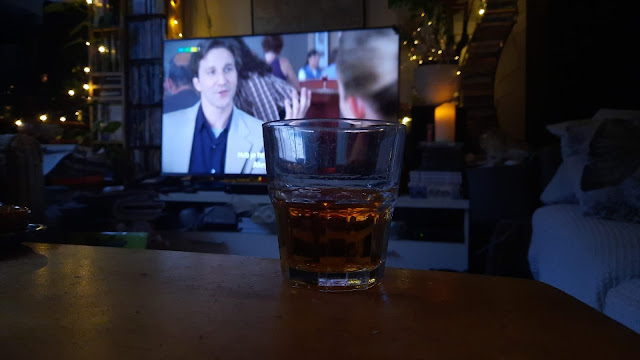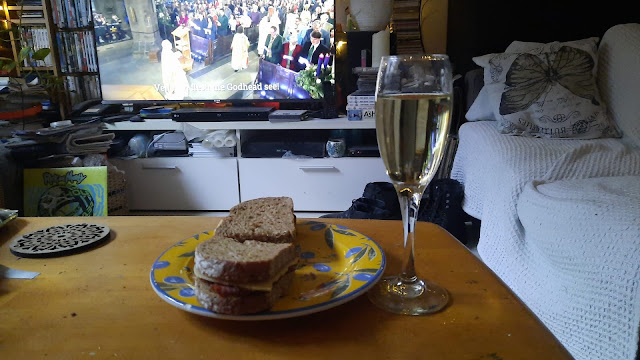All three of today's breweries are closed. Though one, Young, still operates as a pub company. With its own beers. All brewery closures are a reason for sadness. But it's especially true of a couple here. One, a small local brewery wih a ver limited trading area. Another a rare example of a clubs brewery, founded in the aftermath of WW I.
Yates & Jackson
Lancaster,
Lancashire.
Founded: 1811
Closed: 1984
Tied houses: 43
The other brewery in Lancaster, Yates & Jackson had a small tied estate in and around the city, extending to Morecambe on the coast. Did I drink their beer? I surely did. As I remember serving it at the Great British Beer Festival. Pretty decent stuff. Bought by Thwaites in 1984 and immediately closed.
| beer | style | format | OG | description |
| Bitter | Pale Ale | draught | 1035.2 | well hopped |
| Mild | Mild | draught | 1030.1 | Dark Mild, not too sweet |
| Pale Ale | Pale Ale | bottled | similar to the Bitter | |
| Nut Brown | Brown Ale | bottled | medium sweet |
Yorkshire Clubs
York,
North Yorkshire.
Founded: 1924
Closed: 1975
Tied houses: 200 clubs
One of the three clubs breweries that made it to the 1970s. But, sadly, not for much longer. I can remember drinking a Mild of theirs at the Covent Garden Beer Festival in 1975. It was coal black and rather nice. Bought by Northern Clubs Federation in 1973 and closed a couple of years later.
| beer | style | format | OG | description |
| Light Bitter | Pale Ale | draught | well flavoured, well hopped | |
| 4X | Pale Ale | draught | well flavoured, well hopped | |
| 6X | Pale Ale | draught | well flavoured, well hopped | |
| Dark Mild | Mild | draught | Dark Mild, equivalent to Light Bitter in strength | |
| Best Mild | Mild | draught | Dark Mild, equivalent to 4X in strength | |
| Bitter | Pale Ale | bottled | ||
| 4X | Pale Ale | bottled | ||
| Special | Pale Ale | bottled | strongest | |
| CB Brown | Brown Ale | bottled | medium sweet |
Young
Wandsworth,
London.
Founded: 1675
Closed: 2005
Tied houses: 140
A well-loved London brewer, Young stood out by their commitment to cask beer. The only brewer in the capital to do so. Which obviously put them in CAMRA’s good books. Most of their tied houses were in the Southwest of London, though there were a few north of the river. I drank quite a bit of their beer in the early 1980s as my landlord was a big fan. I thought their beers were OK, but much preferred Fullers. They still operate as a pub company, with the beers being brewed at Marston.
| beer | style | format | OG | description |
| Ordinary Bitter | Pale Ale | draught | 1036 | very well hopped |
| Special Bitter | Pale Ale | draught | 1047 | stronger sweeter |
| Best Malt Ale | Mild | draught | 1030 | Dark Mild |
| Winter Warmer | Old Ale | draught | 1055 | |
| Keg Bitter | Pale Ale | keg | 1035.5 | |
| Saxon Lager | Lager | keg | 1032.7 | |
| Pale Ale | Pale Ale | bottled | 1030.5 | |
| Ram Rod | Pale Ale | bottled | 1047.6 | strong |
| Strong Export Bitter | Pale Ale | bottled | 1062.6 | very strong, for Belgium |
| Old Nick | Old Ale | bottled | 1084.2 | |
| Brown Ale | Brown Ale | bottled | 1031.7 | medium sweet |
| Saxon Lager | Lager | bottled | 1032.7 |



















